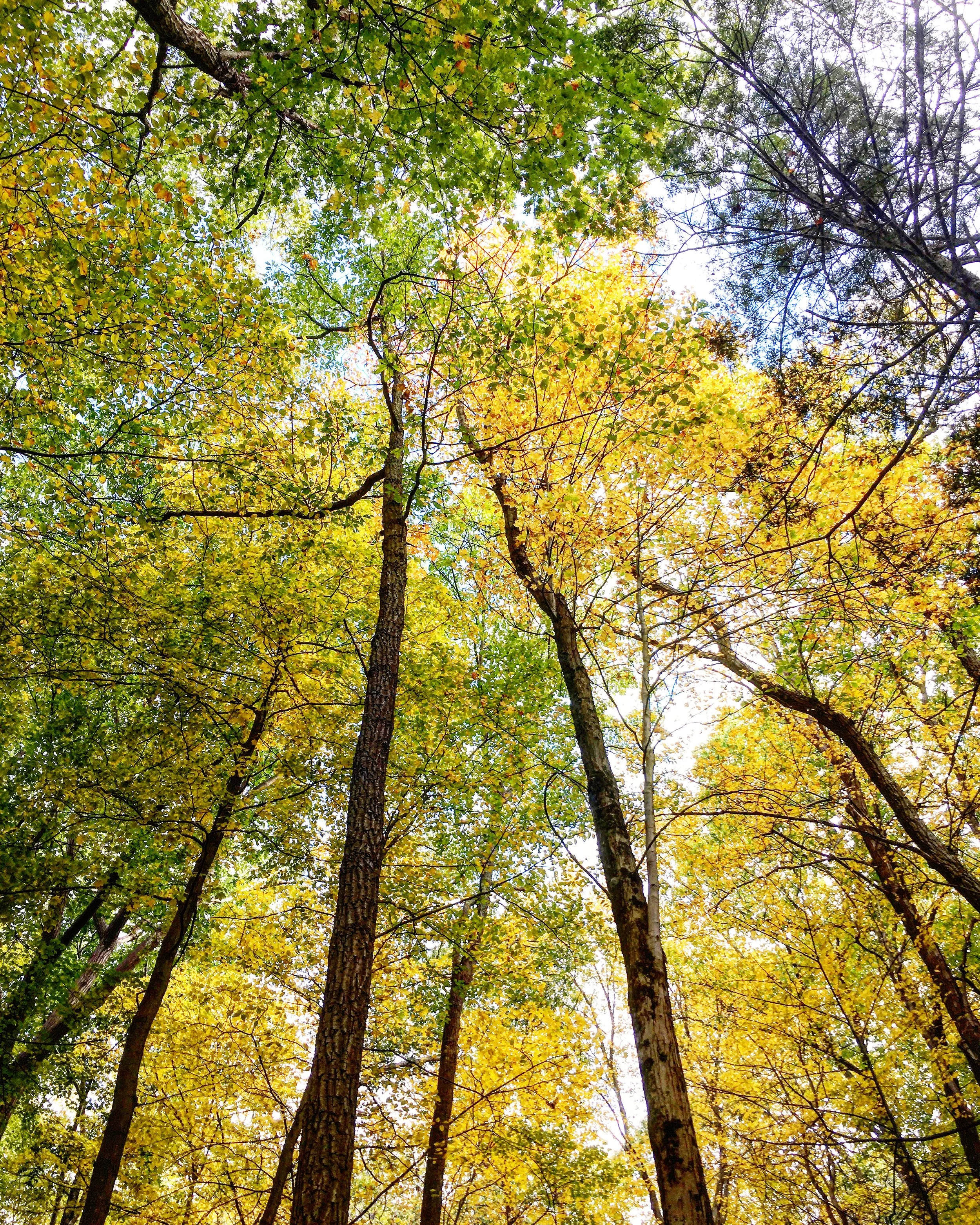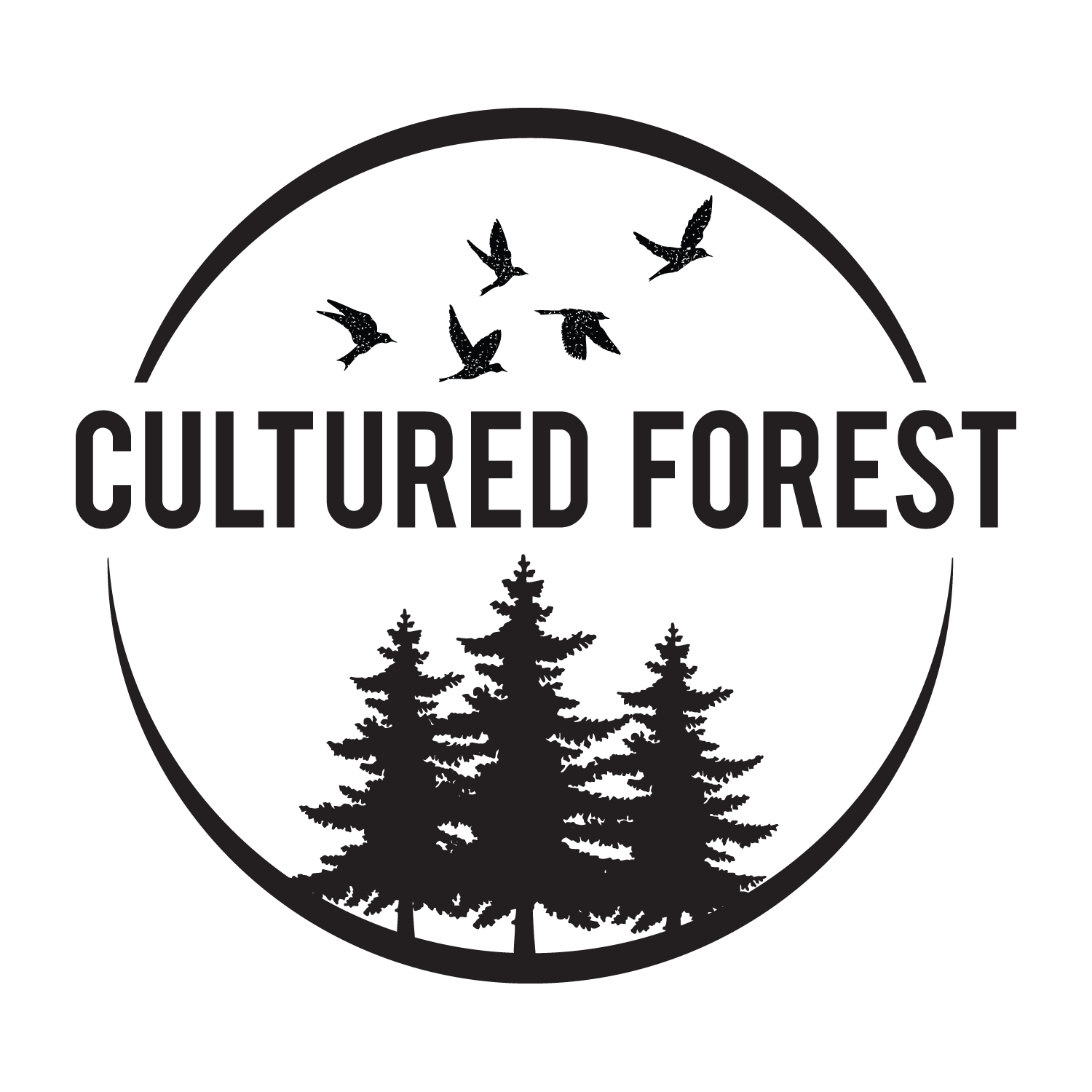By Brooke Mellen, Founder of Cultured Forest
The Japanese practice of Shinrin-yoku or “Forest Bathing” has been seeing a lot of attention in the press lately. Even the Cleveland Clinic, a reputable medical hospital recently published an article called, “Why Forest Therapy Can Be Good For Your Body and Mind”. It discusses how Forest Therapy can lower the stress hormone cortisol as well as blood pressure. Many of these health benefits come from mindfully spending time in nature. We all know deep down we feel better when we spend time outdoors. So why is it so difficult to prioritize taking a walk in nature? For New Yorkers who live a busy lifestyle, it can be hard to access nature trails, let alone make time to practice mindfulness. So here are a few tips for ways that urban city dwellers can access the health benefits of forest bathing in the city
You might think practicing Forest Therapy involves hours of hiking. But actually, mindfully connecting with nature only requires a small park and few minutes of your time. It is something you can incorporate into a lunch break or while out running an errand. To start, you can begin by practicing what I refer to as a “Mindful Gratitude Walk.” As you walk down the busy NYC streets, begin to notice any plants or trees you pass. As you see them think, “That tree/plant/flower is a miracle”. Then follow this by feeling gratitude for that bit of green you find. Shinrin-yoku teaches about the importance of being grateful for nature. This exercise can also be done in any New York green-space for a more extended period of time. You might even reach out and touch the trees or smell the flowers as you pass. Using our sense of touch and smell is a way to mindfully reconnect with our body, and get out our rushing thoughts for a moment.
Detail of a Tree in The New York Botanical Gardens. Photo Credit: Brooke Mellen
As you begin to notice and connect more with trees, find a tree in your neighborhood or park to practice what I call “Breathing With a Tree”. Find a tree that appeals to your senses. Perhaps you feel drawn to the color or texture of the bark. Or something about that particular tree soothes you. Begin by noticing the details of the tree including moss, textures and leaves. You might see the sunlight coming through the leaves and appreciate the colors. Next simply place your hands on the tree. Consider that your outbreath produces carbon dioxide that the tree needs, and the tree produces oxygen, which you need. Think of this symbiotic relationship as you take 10 deep breaths breathing with the tree. Deep breathing helps calm you down, and placing your hands on the tree encourages mindfulness by using your sense of touch. At the end of this practice express gratitude either in your mind or out loud for what the tree provides. This will help you cultivate gratitude, which can have a peaceful result and roll over into other areas of your life.
When you have more time to enjoy one of the New York City’s green spaces, enter the space and take a moment to find a comfortable standing or seated position. Close your eyes for a moment and begin to tune into your senses. Notice what you smell, hear and feel. Take ten deeps breaths and notice as your body begins to feel calmer. Enjoy this sensation. When you are ready, open your eyes as if you were a child seeing nature for the first time. How do your surroundings look different to you? As you pay attention to your senses, you become more mindful. When practicing this nature meditation you may find your mind wandering and if it does try to let the thoughts come and go. There is no need to judge your thoughts or be critical if your mind wanders.
Forest Path In the North Woods of Central Park in New York City. Photo Credit Brooke Mellen
As you are in the park, you might continue on your journey and try a few of the exercises I lead when guiding a Forest Bathing experience in Central Park. Walk for as long as you please and simply notice what is in motion around you. You do not have to walk far as you begin to notice the details of flower petals, blades of grass moving in the wind, clovers and tree bark. Try to remember when you were a child and felt wonder over something as simple as a rock or seed on the ground. You might also follow the shadows produced by the trees on the ground and see where you end up. Look at the people around you and think of your fellow New Yorkers as part of nature. Gently rub the needles of a pine try and enjoy the foresty scent.
Finally, begin to practice creativity in connecting with nature. The goal of my guided mindful Forest Therapy walks is to help participants tap into what they need to find deeper healing or calm in nature. So begin to listen to what creative ideas come up for you to better connect with nature. When life gets busy, we sometimes forget to listen to our needs. What thoughts come up? Perhaps you might journal under a tree or look for rocks. I once guided a client with Parkinson’s on a walk who felt the need to lay on for a time on a large rock in the Botanical Garden. When he did so he said afterward that he enjoyed a moment where his trembling ceased, and I believe he was listening to what his body needed at the time. Pay attention to what your mind and body are telling you that you need, and set goals to fulfill those needs. Prioritize yourself.
Forest Bather Connecting With a Rock Near the Loch in Central Park. Photo credit Brooke Mellen
Remember that connecting with nature is meant to be fun and relaxing. Mindfulness takes practice. Do not feel bad if practicing Shinrin-Yoku takes a while to come naturally to you. As you begin to practice “being” in nature, rather than simply passing through notice the changes in your mind and body. Perhaps new ideas will come to you, or you will begin to consider how to live a healthier life. In return, you may find yourself wanting to give back to nature in some way. All of these benefits are available and waiting for you in your nearby NYC park.
NOTE: All content including photos is Copyrighted by Brooke Mellen. Kindly give us credit upon sharing. Please ask permission for use of content.
Forest in the North Woods of Central Park NYC. Photo Credit Brooke Mellen





